Rise of Edge Computing
The emergence of edge computing is reshaping the data center-rack market in South Korea. As businesses increasingly adopt edge computing strategies to reduce latency and enhance processing speed, the demand for localized data centers is likely to rise. This shift necessitates the deployment of specialized data center-rack solutions that can efficiently manage distributed computing resources. Industry expert's suggest that the edge computing market could grow by over 25% in the coming years, further driving the need for innovative data center-rack configurations. Thus, the data center-rack market is poised for growth as organizations adapt to this technological evolution.
Surge in Data Consumption
The data center-rack market experiences a notable surge in demand due to the increasing consumption of data across various sectors in South Korea. With the proliferation of IoT devices and the expansion of digital services, data generation is expected to rise significantly. Reports indicate that data traffic in South Korea could increase by over 30% annually, necessitating more robust data center infrastructure. This trend compels organizations to invest in advanced data center-rack solutions to accommodate the growing data load. As a result, the data center-rack market is likely to witness substantial growth, driven by the need for efficient data management and storage solutions.
Adoption of Hybrid IT Environments
The trend towards hybrid IT environments is influencing the data center-rack market in South Korea. Organizations are increasingly integrating on-premises data centers with cloud services to achieve greater flexibility and scalability. This hybrid approach necessitates the deployment of advanced data center-rack solutions that can seamlessly support both environments. Market analysts indicate that the hybrid cloud market could expand by approximately 20% in the next few years, which may lead to increased investments in data center infrastructure. Consequently, the data center-rack market is likely to experience growth as businesses seek to optimize their IT strategies.
Focus on Data Security and Compliance
In an era where data breaches and cyber threats are prevalent, the focus on data security and compliance is becoming increasingly critical for organizations in South Korea. The data center-rack market is likely to benefit from this heightened awareness, as companies invest in secure data storage solutions. Regulatory frameworks, such as the Personal Information Protection Act (PIPA), mandate stringent data protection measures, compelling businesses to upgrade their data center infrastructure. As a result, the demand for secure and compliant data center-rack solutions is expected to rise, driving growth in the market as organizations prioritize safeguarding sensitive information.
Government Initiatives for Digital Transformation
The South Korean government actively promotes digital transformation initiatives, which significantly impact the data center-rack market. Policies aimed at enhancing the country's digital infrastructure are likely to drive investments in data centers. For instance, the government has allocated approximately $1 billion to support the development of smart cities and digital ecosystems. This funding is expected to stimulate demand for data center-rack solutions as businesses seek to align with government objectives. Consequently, the data center-rack market may experience accelerated growth as organizations upgrade their facilities to meet the evolving digital landscape.


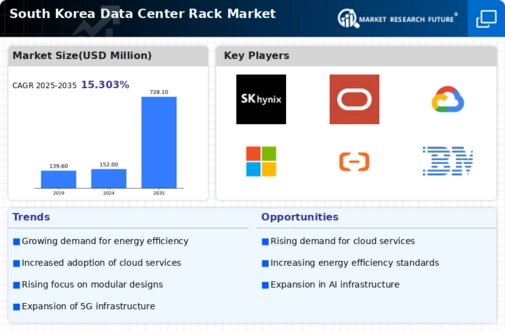
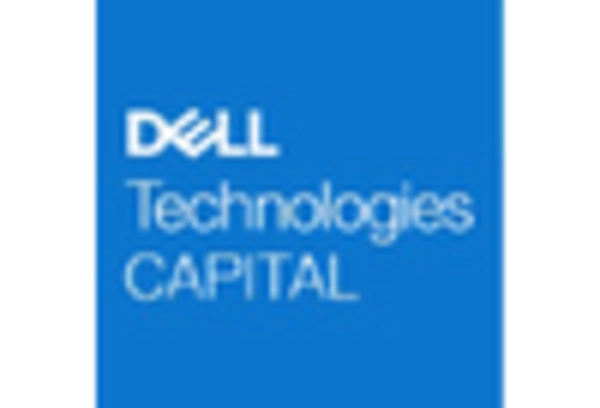


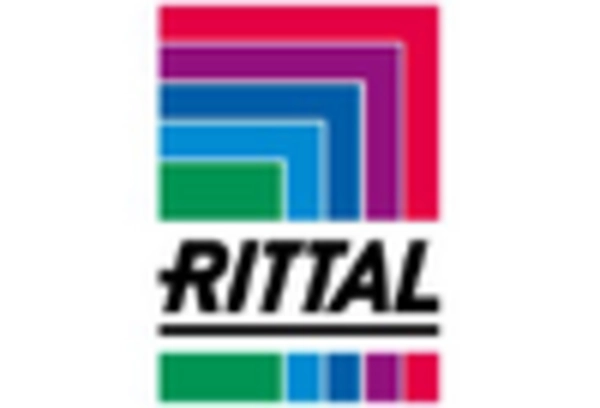
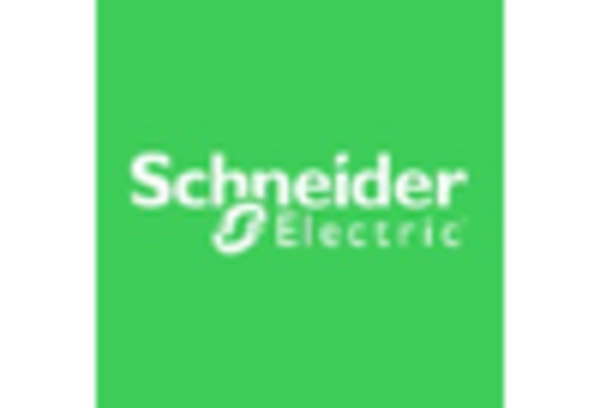
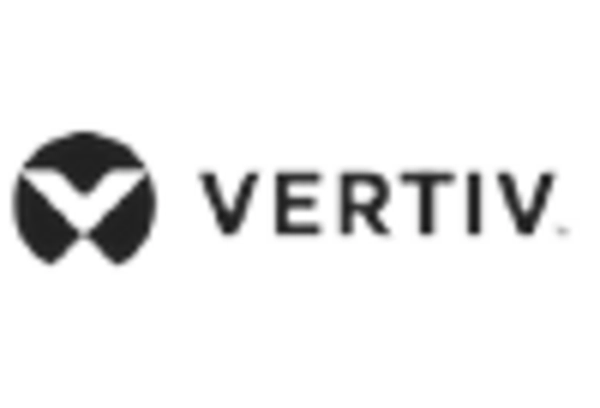








Leave a Comment